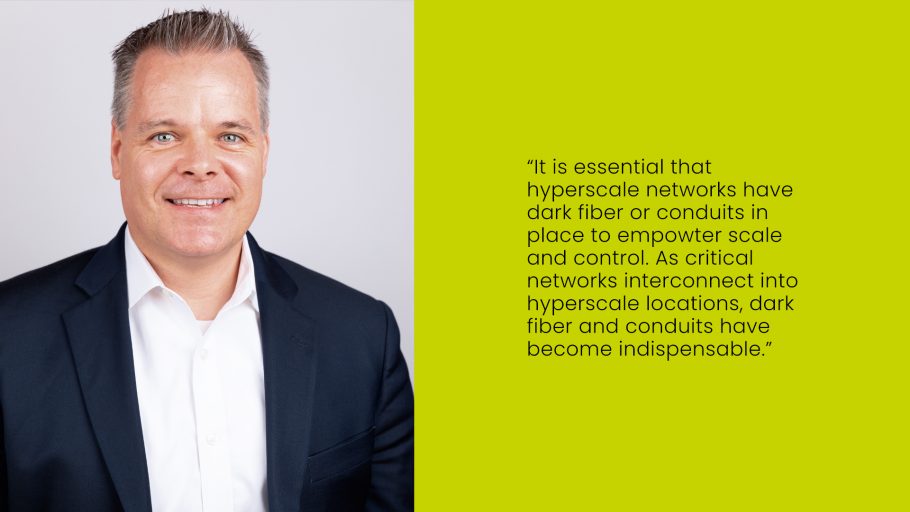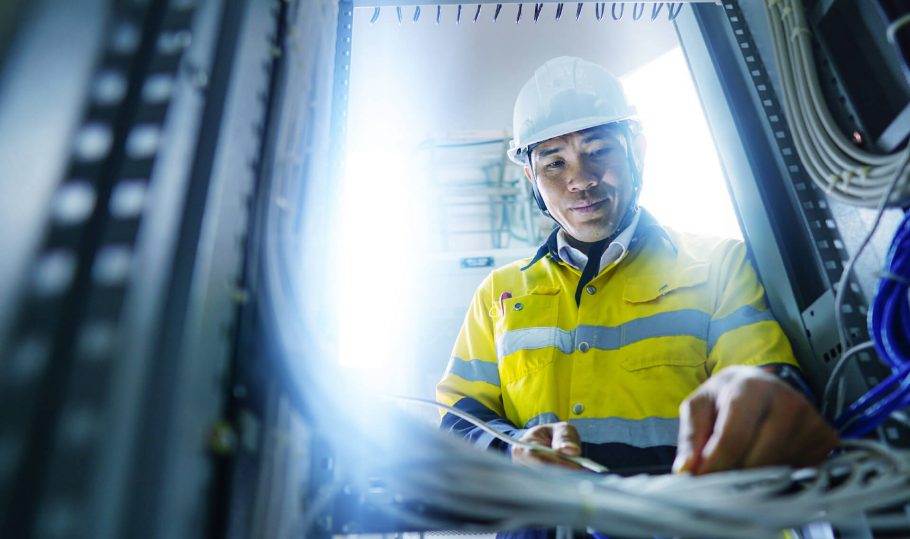The global data center market size has seen a significant boost since the worldwide outbreak of the pandemic. Demand for data centers increased due to three major factors 1) an escalated need to access Internet-related services, 2) an exponential growth of data and 3) a substantially larger remote workforce.
The adoption of dark fiber has been driven by the rising demands of new services related to 5G networks and an increased demand for Internet bandwidth. To support this happening, interest and demand for dark fiber networks has grown as organizations look to improve their network communication and management. As reported by ReportLinker, the dark fiber market is projected to reach $8.7 billion by 2026, up from an estimated $5.2 billion in 2021.
When it comes to hyperscalers, they can plan, build and implement a dark fiber network efficiently by contracting the proper engineering, construction expertise and support organizations needed to confidently monitor and manage their networks. The team at FiberLight provides strategic planning, construction and management of dark fiber and conduit assets, so organizations can focus on what is most important to them: their customers.
In the metro networks, hyperscalers tend to lease dark fiber in a concept called extended cross connect for their transactional or success-based business. This makes connectivity possible to critical data center facilities in proximity, eliminating the need for equipment or re-amplification of light. From a financial perspective, this drives low-cost extensions in the metro markets and a simplicity of deployments, as well as short intervals to turn on the network. The expectation is that a high density of fiber, multiple entrance facilities to data centers and diverse core routes all will create the necessary diversity and latency to meet their commercial requirements.
Conversely, when hyperscalers have a need for strategic network or highly trafficked core routes, the use of conduits is preferred. This allows for several options and flexibility when deploying a network. First off, purchasing a conduit permits the most control, owner economics and future proofs the network from a capacity standpoint. Secondly, from a flexibility perspective, it enables the activation of controlled handholes for access management and the selection of fiber type and fiber counts that are pulled into the conduit.

It is essential that hyperscale networks have dark fiber or conduits in place to empower scale and control. As critical networks interconnect into hyperscale locations, dark fiber and conduits have become indispensable. They’re now the building block of the infrastructure carrying these workloads from the edge into their core network. Although high-capacity lit services still are being consumed (to interconnect into the cloud onramps) the transport from onramps into the core is growing too fast to wait for deployment of traditional lit transport. Additionally, the best bet to meeting latency requirements driven by applications is having control over the design of the network. Finally, multiple diverse routes (four to six different paths) are required to ensure the uptime of their customer applications.

